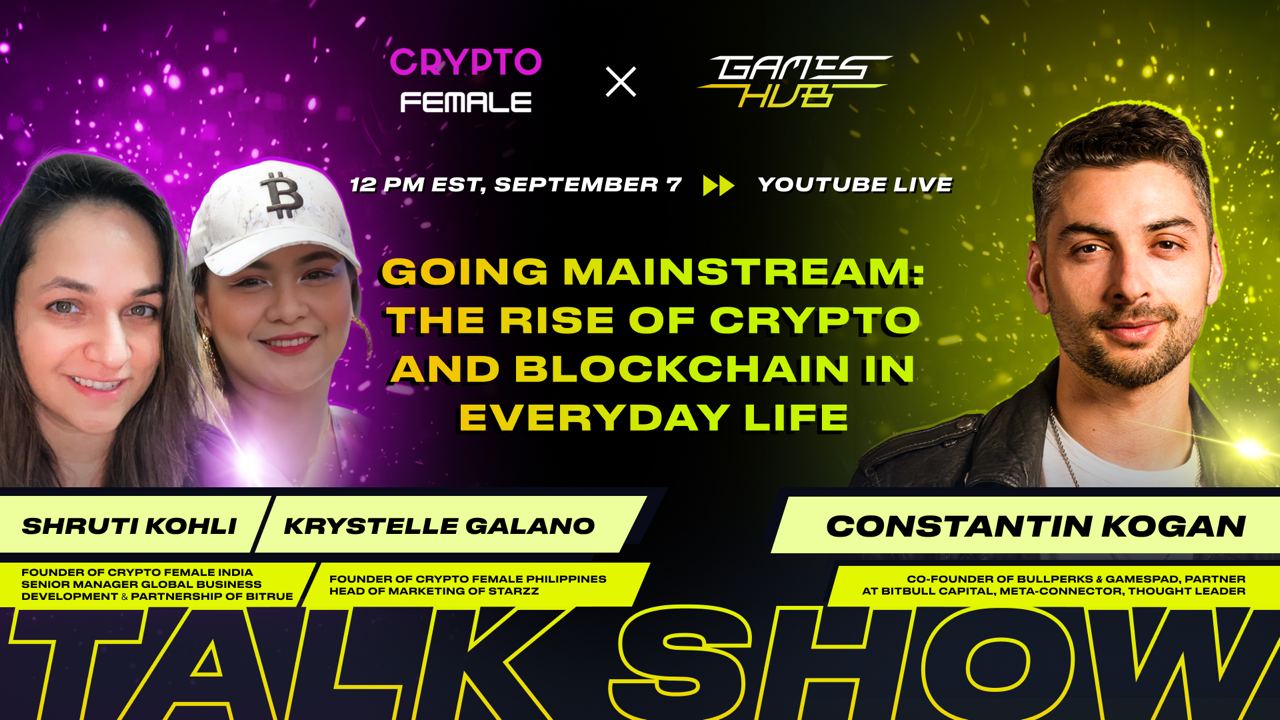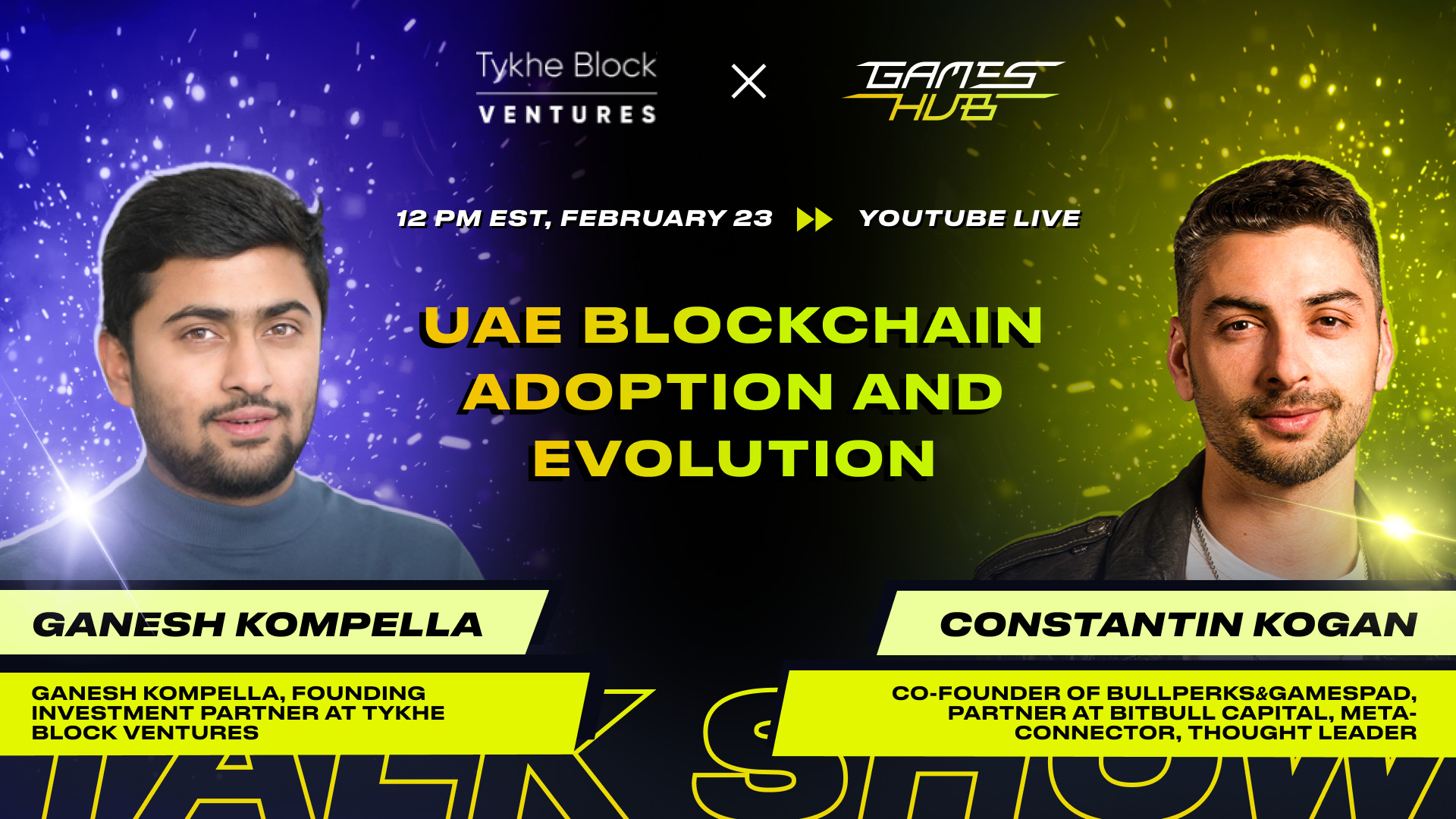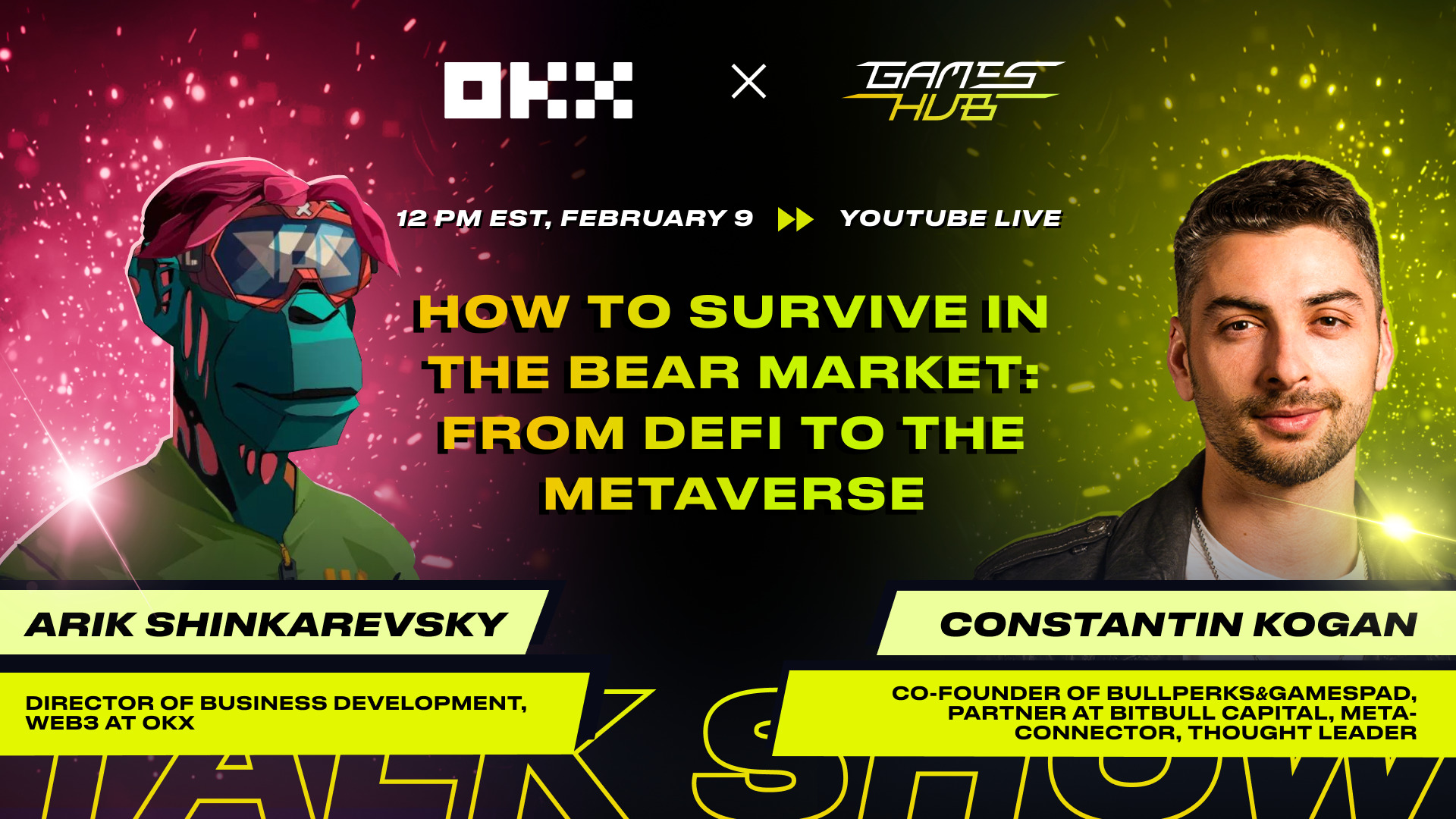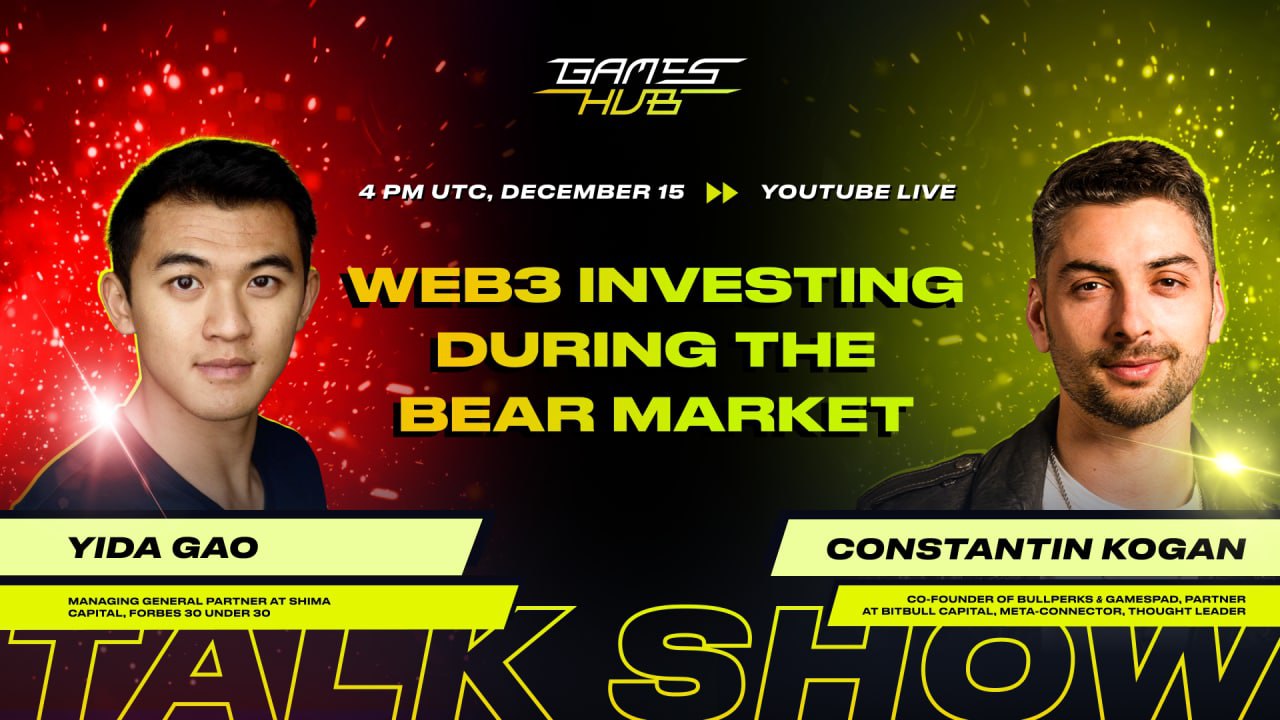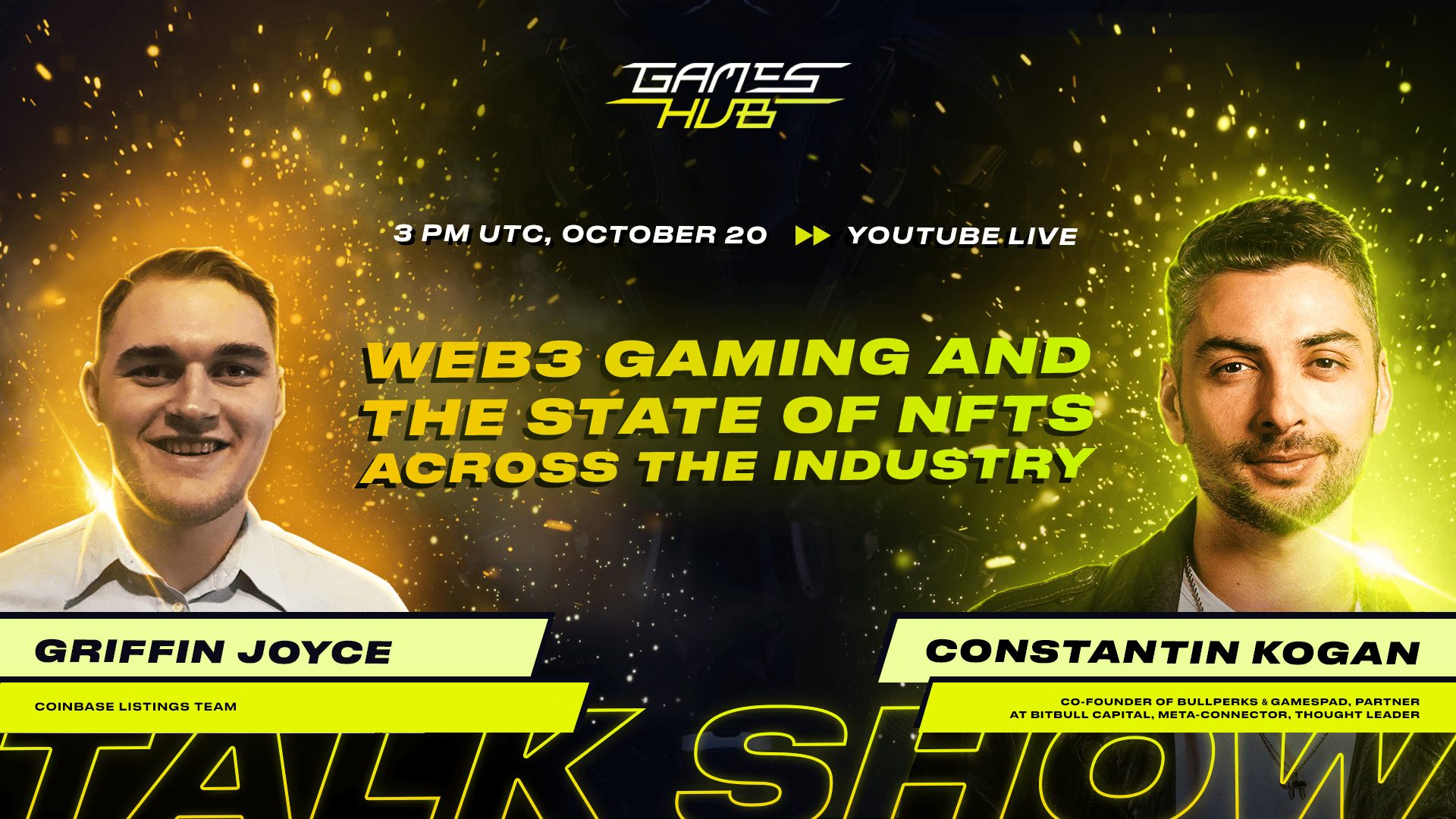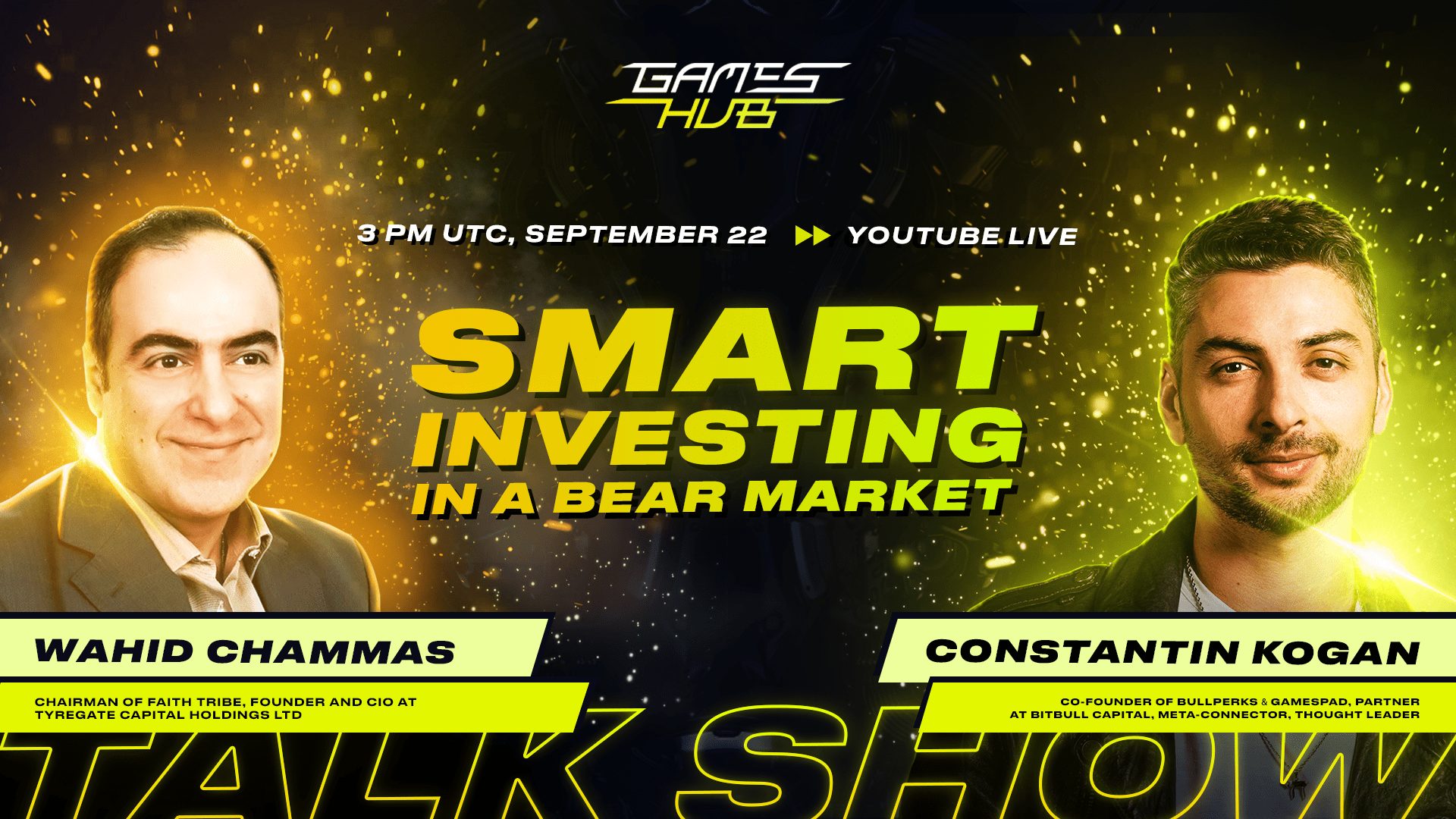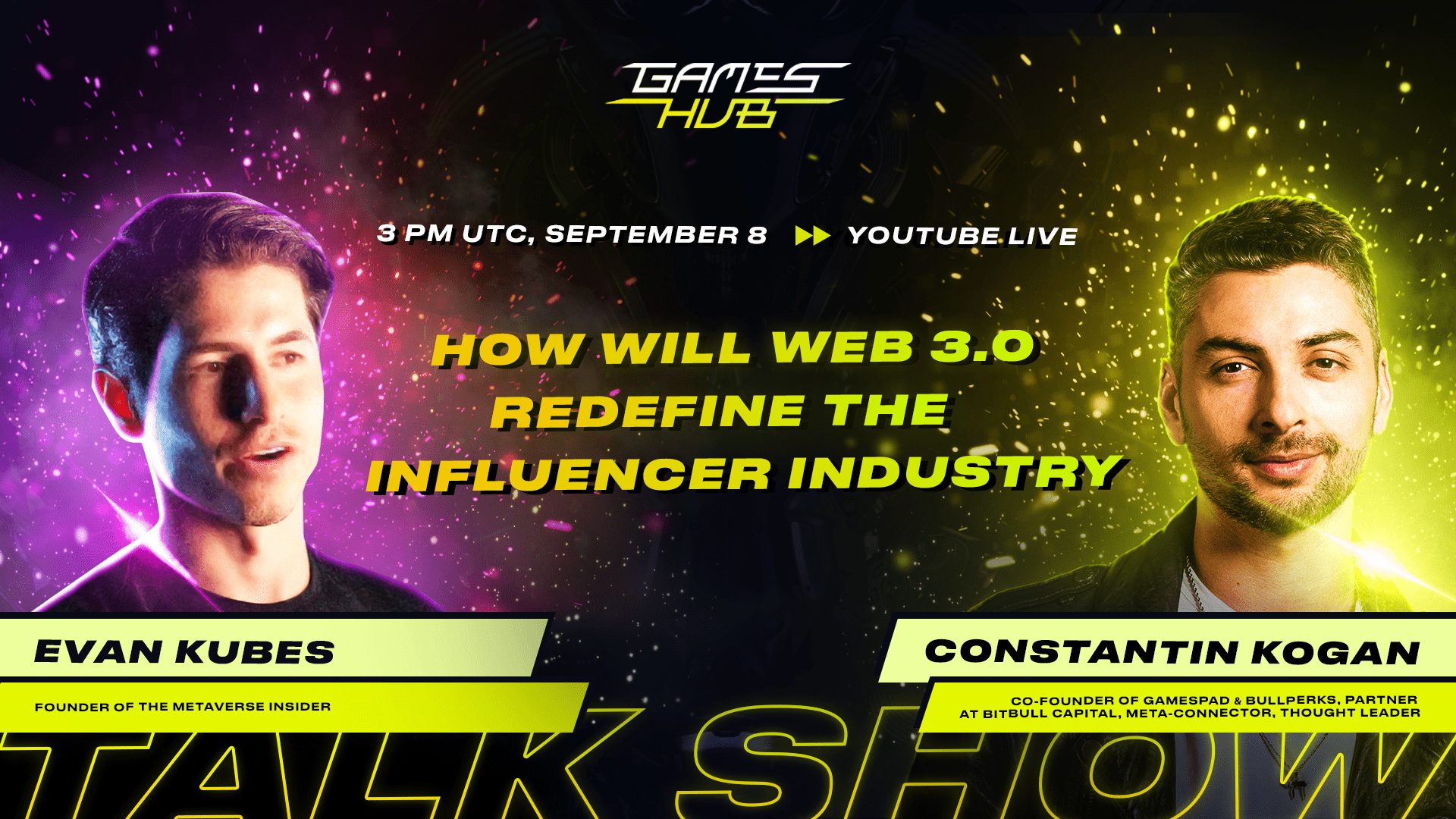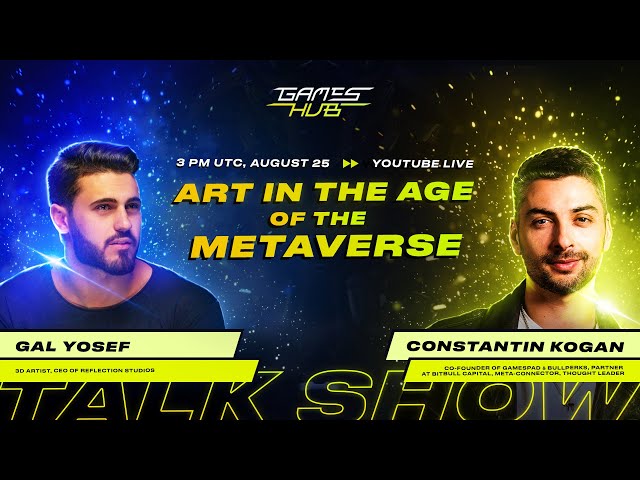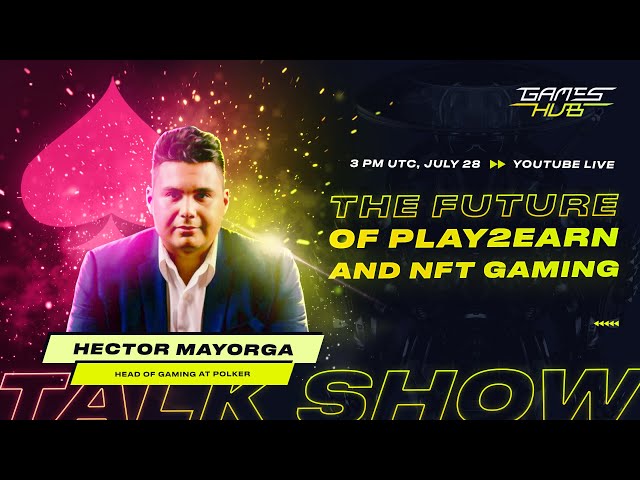GamesHUB #20 | Traditional Brands: Embracing Web3 to Drive Growth with Yard [HUB] Founder

Absolutely. When we talk about the stakeholders in Venture, these are usually the venture capital firms, of course startups, then the venture capital firms, incubators and accelerators.
These are the concepts that most of the people are familiar with. The founder comes up with the idea that the incubator helps them and builds the first version, the MVP, providing them with some very basic resources.
The accelerator takes the already established startup and helps them grow by giving some new resources, new network, new capital. And VC firms by default are focused on just deploying capital.
So they see whether the founders are matching their expectations. The idea is good, whether there is a market there, go through their due diligence process. If it’s okay, they allocate the capital.
Lately, because the VC market became very competitive, some VC com VC firms started providing some additional resources to their portfolio companies like networking, development resources, and fundraising help.
Venture Studio is kind of a hybrid of all these players within one company. So we are a builder. We are a venture builder. We take an idea inside. Our project leaders, we call them the entrepreneurs in residence. So these people are part of our team. They can launch 3, 5, 10 projects within one year.

I think the list of problems that traditional brands can face when entering Web3 is very long. It’s possible to cut to one biggest problem when they don’t care about it at all. We already have a few launches from big brands, traditional brands, some of which were successful and some of which were not.
So the best case, I guess without any doubt, is Nike with what they did with the RTFKT agency. And I think that their success was based on the fact that at the very beginning, they just hired the true web 3.0 people who understood what they were doing. And I guess they were acting as an approval process or something like that. But, the builders built what other projects did.
For example, let’s take Laco or Porsche. Porsche is a brand I love. I mean, I’m a fan of these cars, and I understand what it’s like being a Porsche brand ambassador. When we all understand that we are overpaying for the brand when we purchase those cars, we’re still very happy to be part of the story, to be part of the DNA. But what they did with Web three was a complete flop. So what they did was they just created a few pictures. It was actually one picture. It didn’t even bother to make a collection.

Great question. Very challenging one. I believe that money should not be the first thing to assess when you are thinking about launching a web three. On the contrary, focusing on money from the launch, maybe the fastest path to death, of this new venture, because the paid space, the so-called “paid space” in Web three is super competitive right now.
Everyone wants to sell you something, some NFTs, some mint, some whatever. Just buy it. And, as you’ve mentioned, many collections go down so people can buy them. I believe that the best way for any brand to go to Web three is to offer some new experience, both for their current clients and for the new audience, the new way to interact with the brand. So creating some activities around that community.
It could be anything. It could be something from collectibles through or some other stuff to some Quest when you interact with the brand offline and online and get rewarded. Or it could be kind of an interaction with the products that the brand develops and kind of customer service. So the main thing that the brand should do is to bring value first, and then it usually becomes obvious what is the next step, which is what is the best way to maybe try to extract value at some point on the market.
I believe super important for the brands is to establish their presence. That’s their main goal. And if we’re talking about whether the brand is legit or not, the first thing you can do is just to go to the social networks and to see how they perform there.











